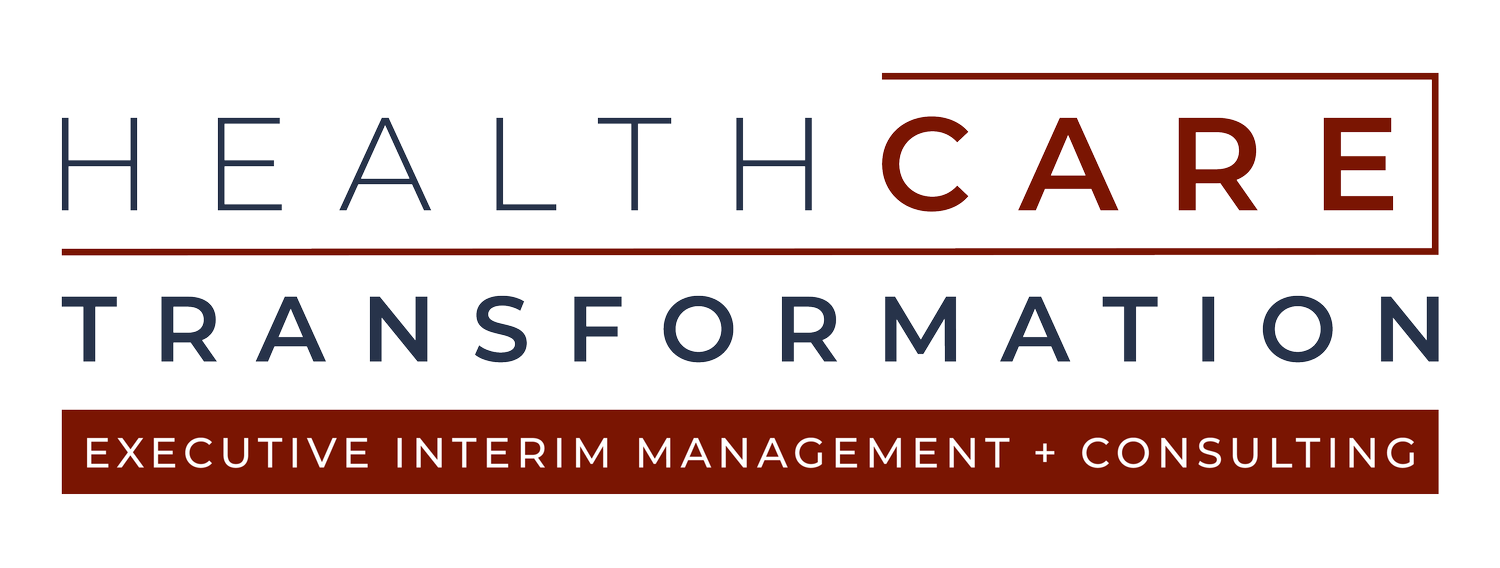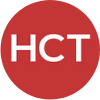Addressing the Healthcare Staffing Shortage: Solutions and Strategies for Long-Term Success
The healthcare system is facing an unprecedented staffing crisis. Across the country, healthcare organizations are grappling with a growing shortage of nurses, physicians and support staff, putting a strain on hospitals, clinics and long-term care facilities. These healthcare staffing shortages can cause delays in care, worker burnout and diminished patient outcomes. The demand for healthcare services is constant, and there's an urgent need to develop sustainable staffing solutions.
Understanding the Healthcare Staffing Shortage
When there are not enough qualified professionals available to meet the healthcare demands of a population, the result is a healthcare staffing shortage. These shortages impact every facet of the system — from emergency rooms to home health care — causing operational inefficiencies, rising costs and compromised patient care.
The most critical healthcare workforce shortages are in nursing, where the demand for registered nurses continues to outpace qualified workers. The American Association of Colleges of Nursing estimates a need for more than 195,000 new nurses by 2032 to replace retirees and meet new demand. The physician shortage is equally troubling, with the Association of American Medical Colleges (AAMC) projecting a shortfall of up to 85,000 physicians by 2036. Support staff — such as medical assistants, lab technicians and administrative personnel — are also in short supply.
Why is There a Healthcare Staffing Shortage?
Several factors are driving the healthcare staffing crisis, from demographic shifts to systemic challenges within the healthcare industry. Below are the most common factors contributing to this staffing issue.
Aging Population and Increased Demand
One of the primary drivers of healthcare shortages is the aging population. As baby boomers age, the demand for medical services increases, particularly in geriatric care, chronic disease management and long-term care. This demographic shift is placing additional pressure on an already stretched workforce, creating a gap that’s only expected to widen.
Burnout and Mental Health Challenges
The physical and emotional toll of working in healthcare cannot be overstated. Burnout, exacerbated by the COVID-19 pandemic, has pushed many healthcare workers to the brink. Long shifts, emotional fatigue and administrative burdens have led to widespread resignations and early retirements, shrinking the workforce when it’s needed most.
Financial and Structural Barriers
Many healthcare organizations face budgetary constraints that make it difficult to recruit and retain staff. Low pay, long hours and limited growth opportunities deter new applicants and contribute to high turnover. Rising operational costs are making it even harder for facilities to maintain adequate staffing levels, especially in rural communities.
Role of Health Policy
Health policy plays a crucial role in shaping the healthcare workforce. Legislative decisions around funding for medical education, licensure requirements and staffing ratios all directly affect the availability of qualified professionals. Organizations like the AAMC support policies that prioritize professional development and advocate for increased federal investment in graduate medical education.
Public health initiatives aimed at expanding access to preventive and primary care can also alleviate pressure by reducing the need for acute care services. For healthcare organizations, staying informed about evolving regulations and aligning operations accordingly is critical to long-term staffing success.
How to Address the Shortage of Healthcare Workers
Solving the healthcare staffing shortage will require multiple solutions that go beyond short-term fixes. Strategic planning, cultural shifts and targeted investments are all part of the path forward.
Strategic Recruitment
Recruiting the next generation of healthcare professionals starts with making the field more accessible and appealing. This includes early outreach, career education and competitive incentives to stand out in a tight labor market.
Here are some tactics to put into place:
Launch job-shadowing programs for high school and college students to spark early interest.
Partner with schools and community colleges to promote healthcare career pathways.
Streamline the interview and hiring process to reduce candidate drop-off.
Offer signing bonuses, relocation assistance and tuition reimbursement packages.
Leverage international recruitment programs for hard-to-fill roles.
Employee Retention
Keeping healthcare staff engaged and committed long-term is just as important as hiring them. Retention efforts should focus on creating supportive, growth-oriented work environments where people feel valued and heard. Strong onboarding, career development and leadership opportunities are essential.
Here are retention ideas to implement:
Structured onboarding and mentorship programs for new hires.
Clear internal pathways for advancement and leadership development.
Flexible scheduling and wellness programs to support work-life balance.
Recognize and reward outstanding performance to boost morale and loyalty.
Invest in continued education, certifications and training opportunities.
Addressing Healthcare Worker Burnout
Reducing burnout is as much about systemic change as it is about individual support. Healthcare organizations should invest in mental health resources, offer flexible scheduling and create a culture that prioritizes well-being. Reducing administrative burdens, which is often a major source of frustration, can also improve job satisfaction. When workers feel supported and valued, they’re more likely to stay and thrive in their roles.
Expanding Training and Education
Long-term solutions depend on a strong education pipeline. Expanding access to medical and nursing programs, particularly in underserved and rural areas, can help meet future demand. Increasing funding for scholarships, clinical placements and training programs will make healthcare careers more accessible and ensure a steady influx of qualified workers.
The Impact of Healthcare Leadership on Staff Retention
Effective healthcare leaders do more than manage day-to-day operations. They cultivate strong workplace cultures, foster growth opportunities and create the conditions that keep staff engaged and committed.
In an industry where burnout and turnover are high, supportive leadership can be the difference between losing a team member and helping them thrive. Clear communication, psychological safety, and meaningful opportunities for input and advancement are all leadership-driven factors that contribute to workforce stability. Strengthening leadership at every level — from unit supervisors to executive teams — is a long-term strategy with a measurable impact on staffing.
How Technology Impacts Healthcare Staffing Solutions
Technology is playing a critical role in addressing healthcare shortages. From AI-powered scheduling tools to virtual care platforms, digital solutions are easing workforce burdens and optimizing care delivery.
Artificial Intelligence (AI) in Healthcare
AI in healthcare is transforming the industry by automating repetitive administrative tasks, such as scheduling, billing and documentation. This not only frees up valuable time for clinicians but also reduces operational inefficiencies. AI-driven decision support tools can assist in diagnosis and treatment planning, enabling faster, more accurate care.
Telehealth and Virtual Care
Healthcare providers can offer care remotely, reducing physical strain on facilities and broadening access to patients in underserved and rural areas. It also allows providers with limited mobility or part-time availability to remain active in the workforce, increasing overall capacity.
The Impact of Healthcare Workforce Shortages on Patient Care
Staffing shortages don’t just impact operations. They directly affect patients, impacting the quality and timeliness of care.
Increased Wait Times and Delays in Care: Fewer providers means patients are waiting longer for appointments, procedures and emergency services. These delays can lead to worsening conditions, increased complications and ultimately, poorer health outcomes.
Increased Patient Risk and Safety Concerns: Fatigued workers juggling too many responsibilities may overlook critical details, putting patient safety at risk. Studies show that lower nurse-to-patient ratios are associated with higher rates of complications and mortality.
Declining Quality of Care: Overburdened staff don't have the capacity to provide personalized, attentive care. The result is rushed interactions, missed symptoms and a deterioration of the patient-provider relationship.
The Future of Healthcare Staffing
Proactive planning and innovation build a resilient workforce. Here's what that looks like:
Sustainable Workforce Development: Workforce development programs that align educational institutions with healthcare providers can create a steady talent pipeline. Apprenticeships, mentorship programs and early exposure to healthcare careers are essential strategies for building long-term capacity.
Investing in Innovative Healthcare Staffing Models: Increased use of nurse practitioners, physician assistants and team-based care can expand care delivery without overwhelming physicians. Technology-enabled care solutions also offer new ways to distribute workloads and improve service delivery.
Adapting to Changing Workforce Demands: Automation, AI and remote care can help free up time for patients. Organizations that embrace these tools and invest in workforce adaptability will be best positioned to navigate future challenges.
A Path Forward: Securing the Future of the Healthcare Workforce
The healthcare staffing shortage is one of the most pressing challenges currently facing the industry. With serious implications for patient care and workforce well-being, there’s no time to delay. Investing in innovative staffing models, improving recruitment and retention strategies, embracing technology and developing future-ready workforce pipelines are ways healthcare leaders can take meaningful steps toward resolving the staffing crisis.
If you have an open leadership position in your organization, you need an interim executive to step in while you focus on hiring. Contact our team to hire a quality leader to keep your organization on track as you source the right long-term team members.


